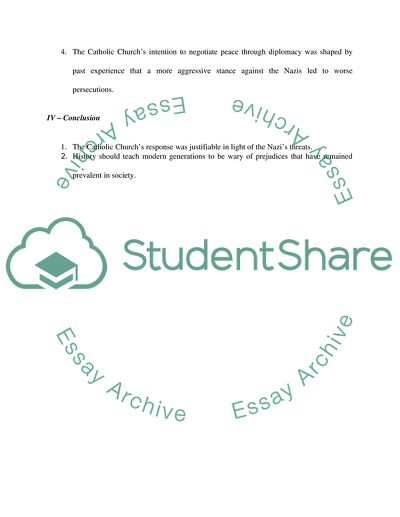Cite this document
(“Recount the Catholic Churchs Responses to Nazi Anti-Semitism Term Paper”, n.d.)
Recount the Catholic Churchs Responses to Nazi Anti-Semitism Term Paper. Retrieved from https://studentshare.org/religion-and-theology/1736574-recount-the-catholic-churchs-responses-to-nazi-anti-semitism
Recount the Catholic Churchs Responses to Nazi Anti-Semitism Term Paper. Retrieved from https://studentshare.org/religion-and-theology/1736574-recount-the-catholic-churchs-responses-to-nazi-anti-semitism
(Recount the Catholic Churchs Responses to Nazi Anti-Semitism Term Paper)
Recount the Catholic Churchs Responses to Nazi Anti-Semitism Term Paper. https://studentshare.org/religion-and-theology/1736574-recount-the-catholic-churchs-responses-to-nazi-anti-semitism.
Recount the Catholic Churchs Responses to Nazi Anti-Semitism Term Paper. https://studentshare.org/religion-and-theology/1736574-recount-the-catholic-churchs-responses-to-nazi-anti-semitism.
“Recount the Catholic Churchs Responses to Nazi Anti-Semitism Term Paper”, n.d. https://studentshare.org/religion-and-theology/1736574-recount-the-catholic-churchs-responses-to-nazi-anti-semitism.


